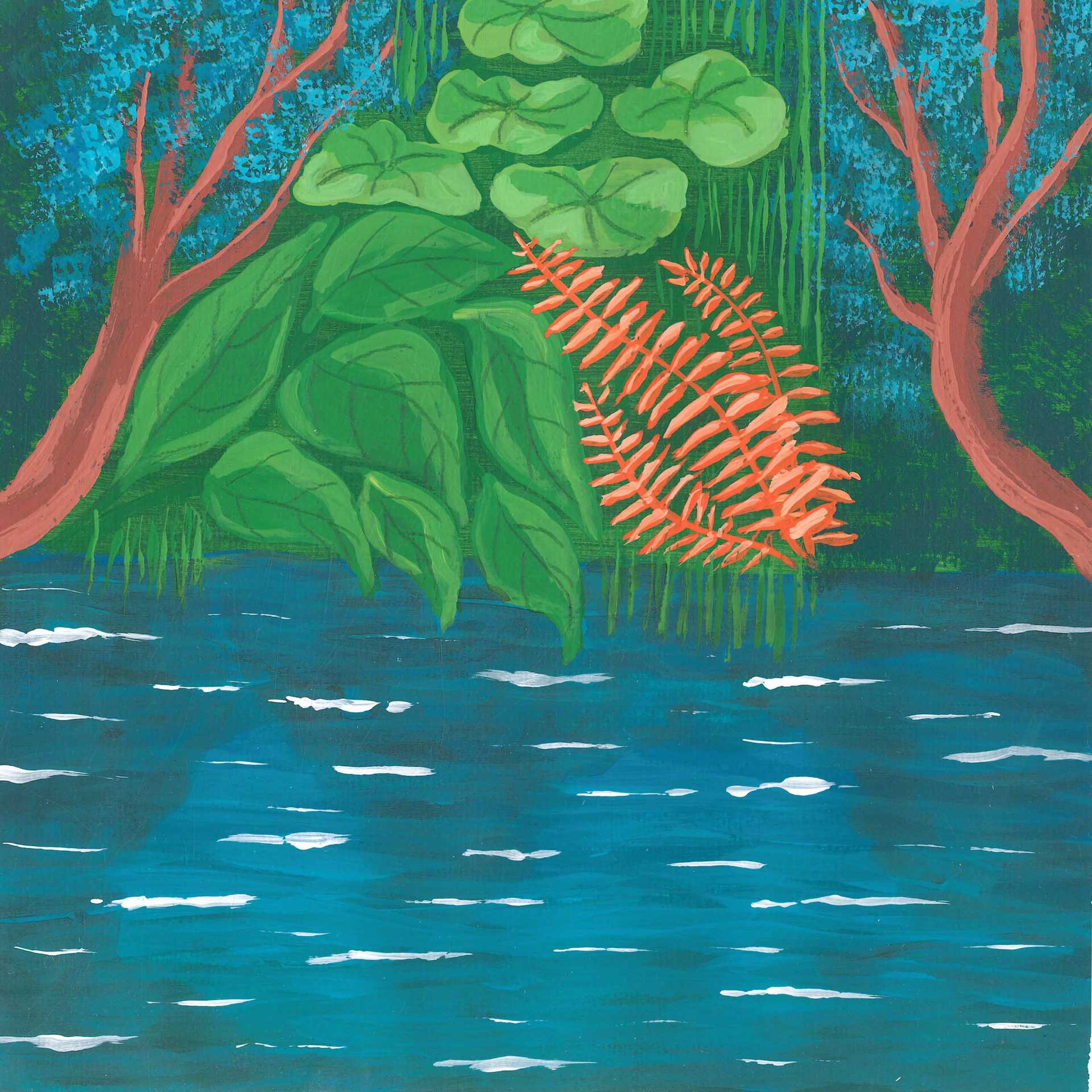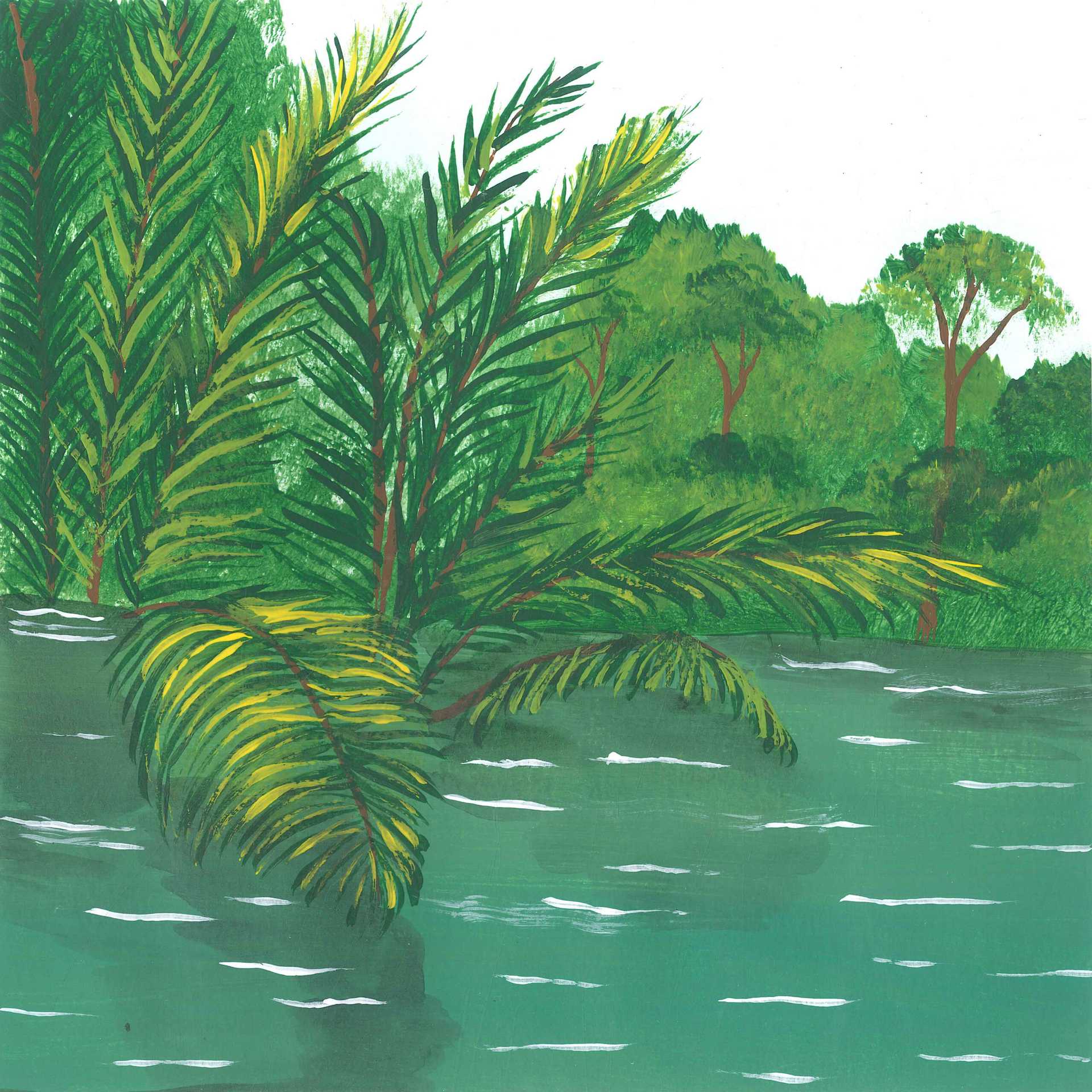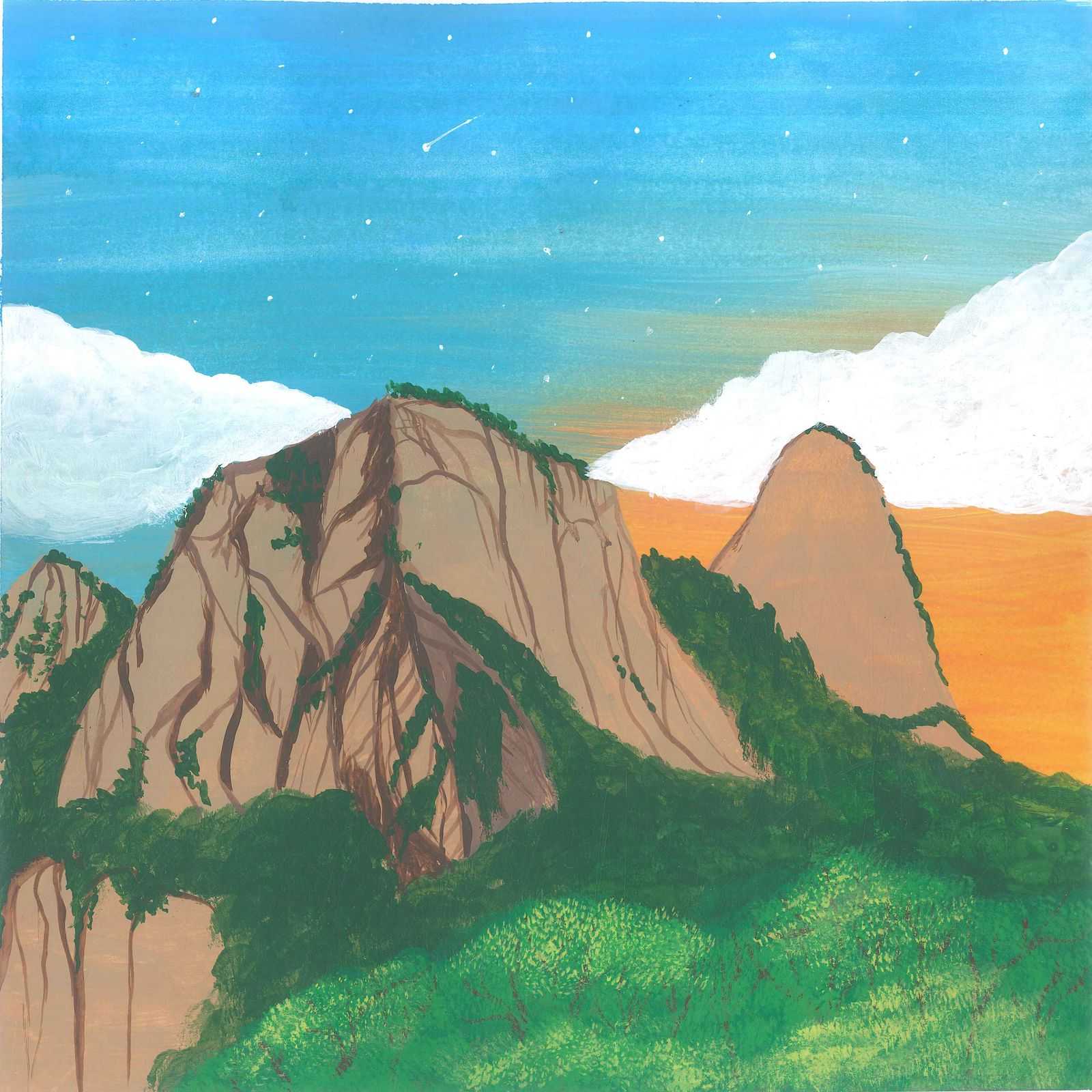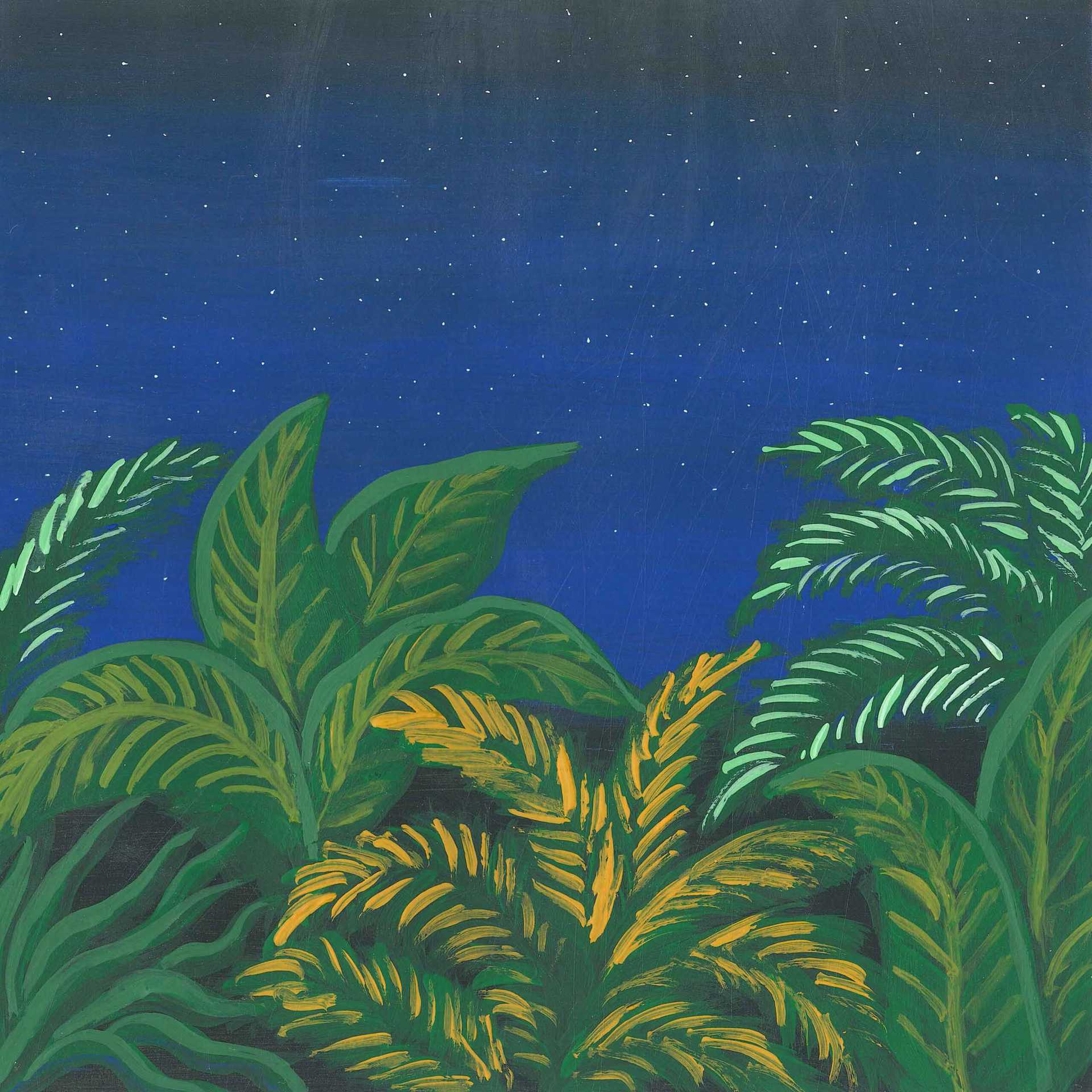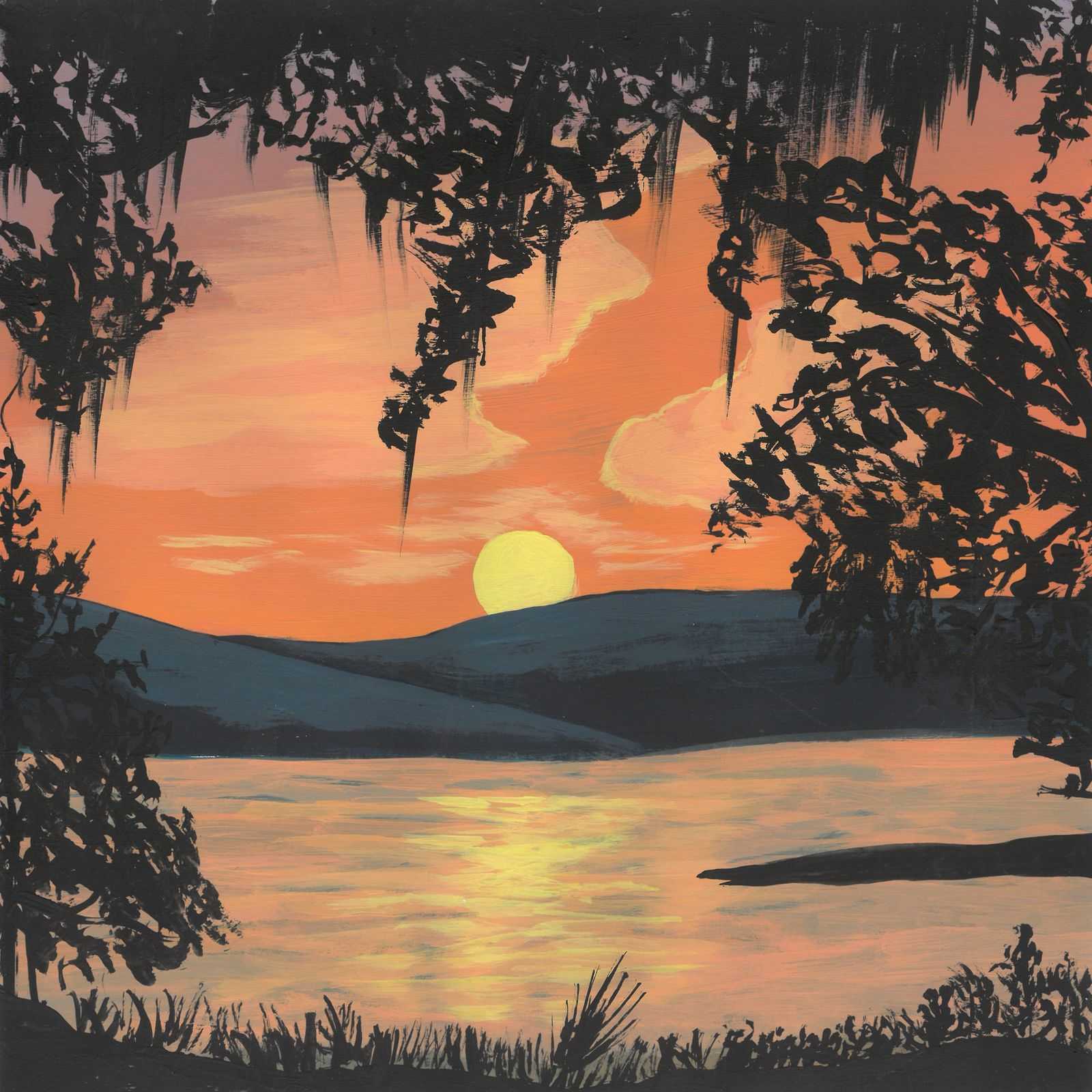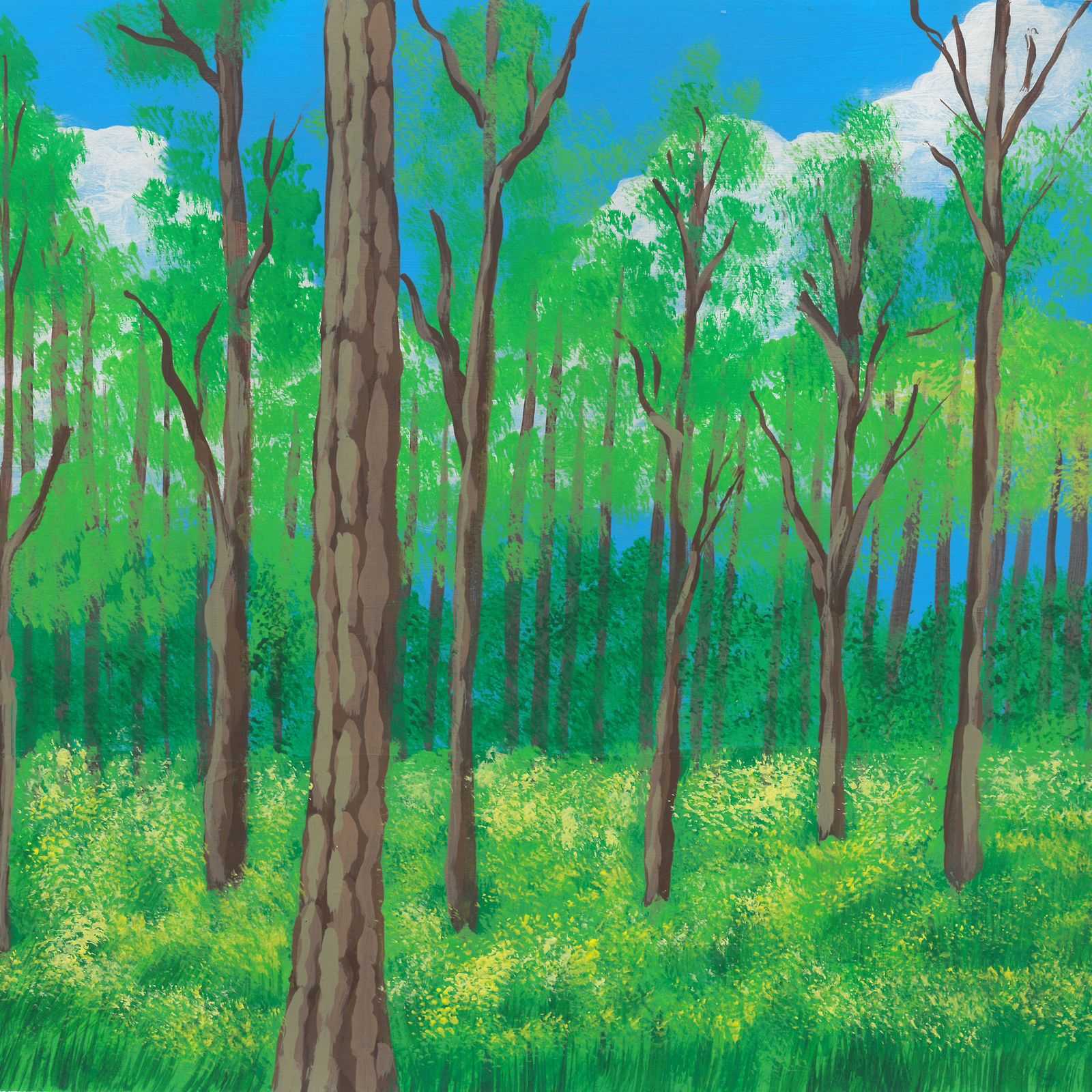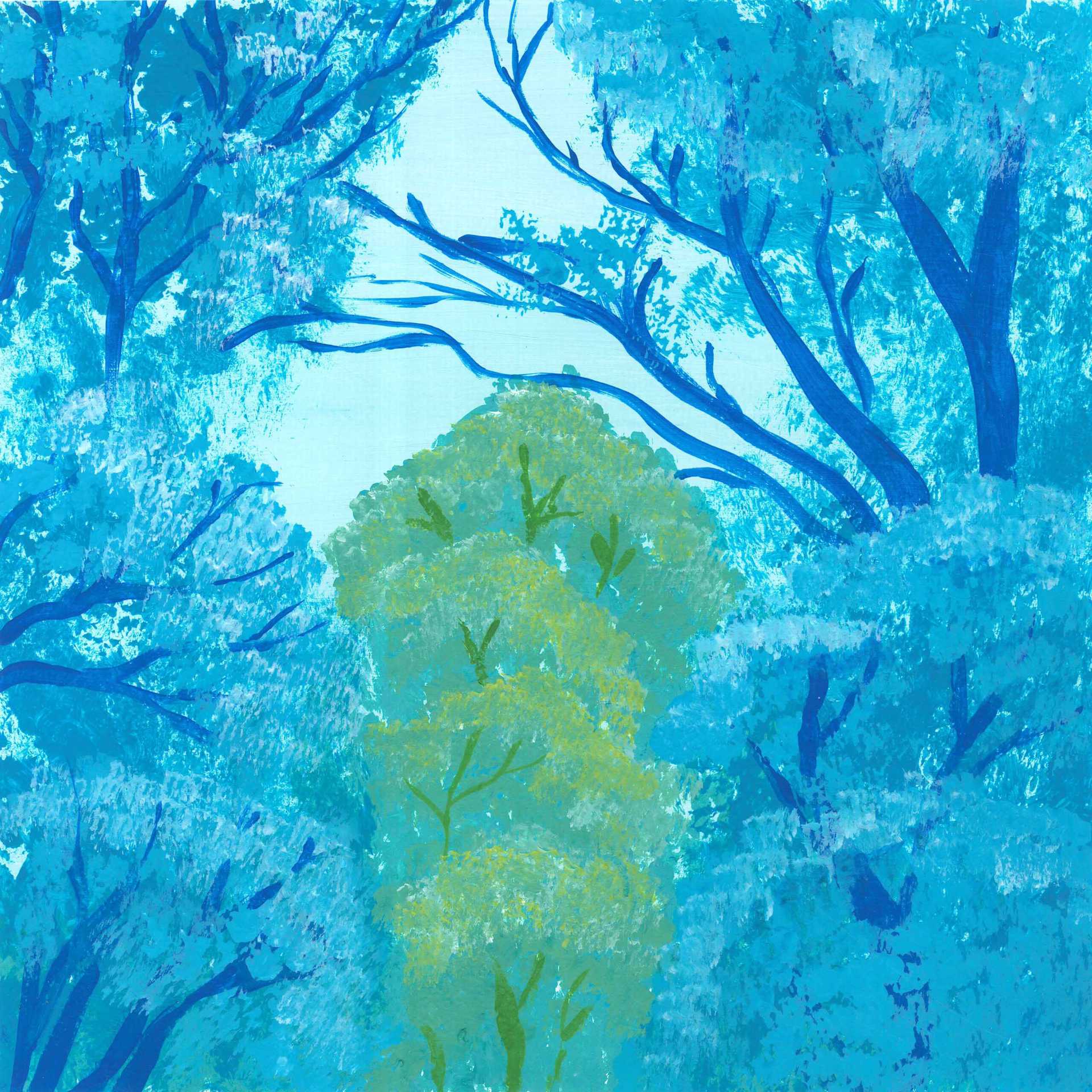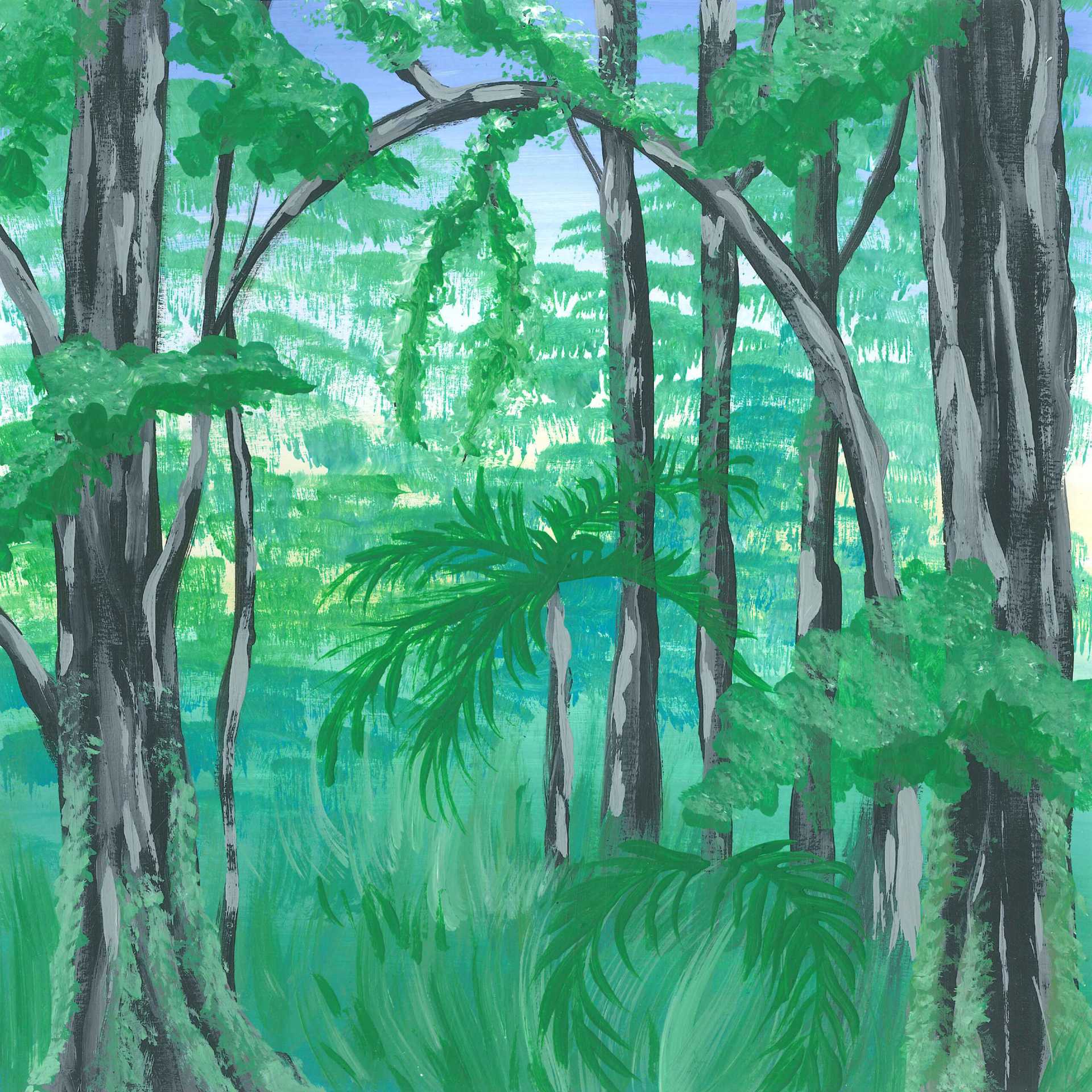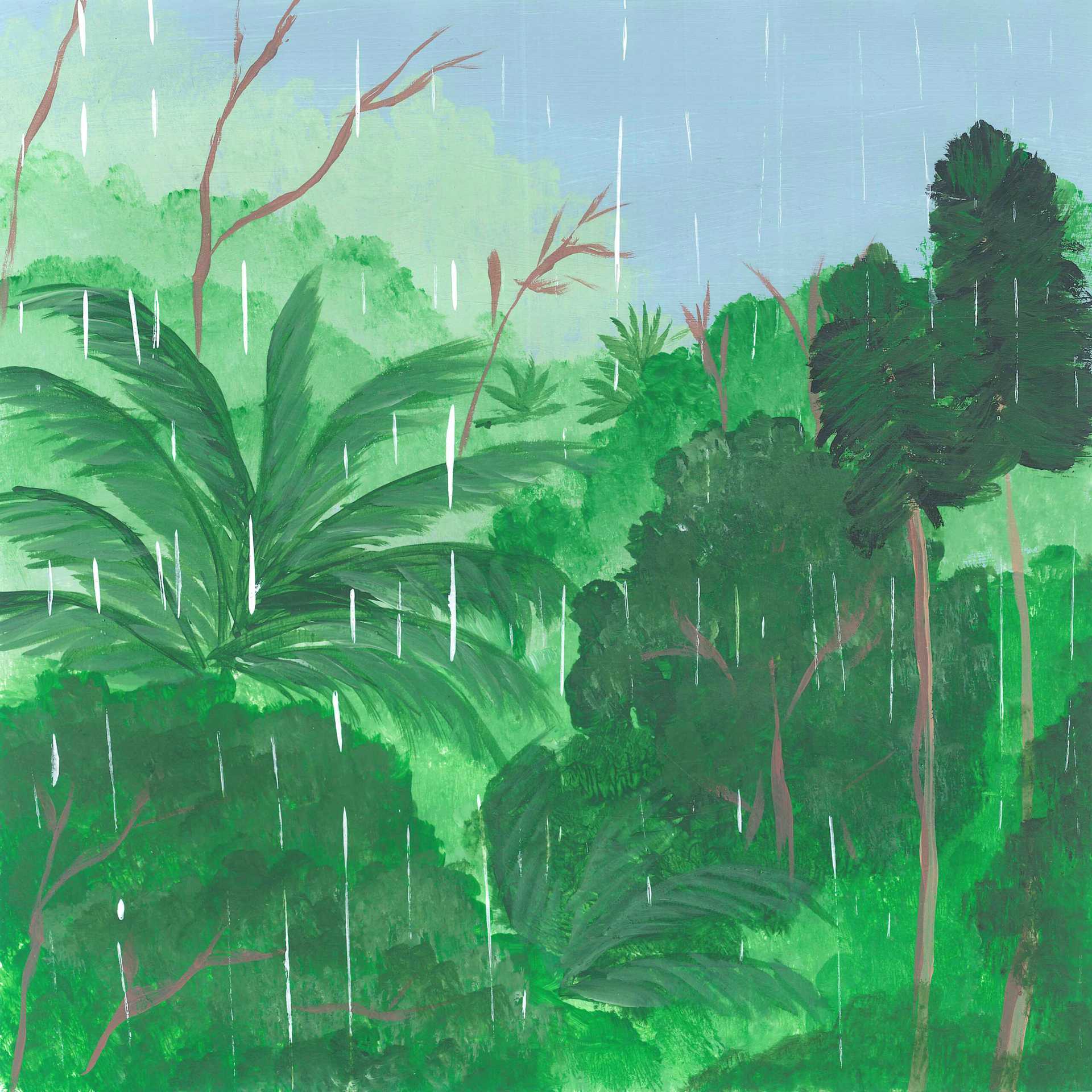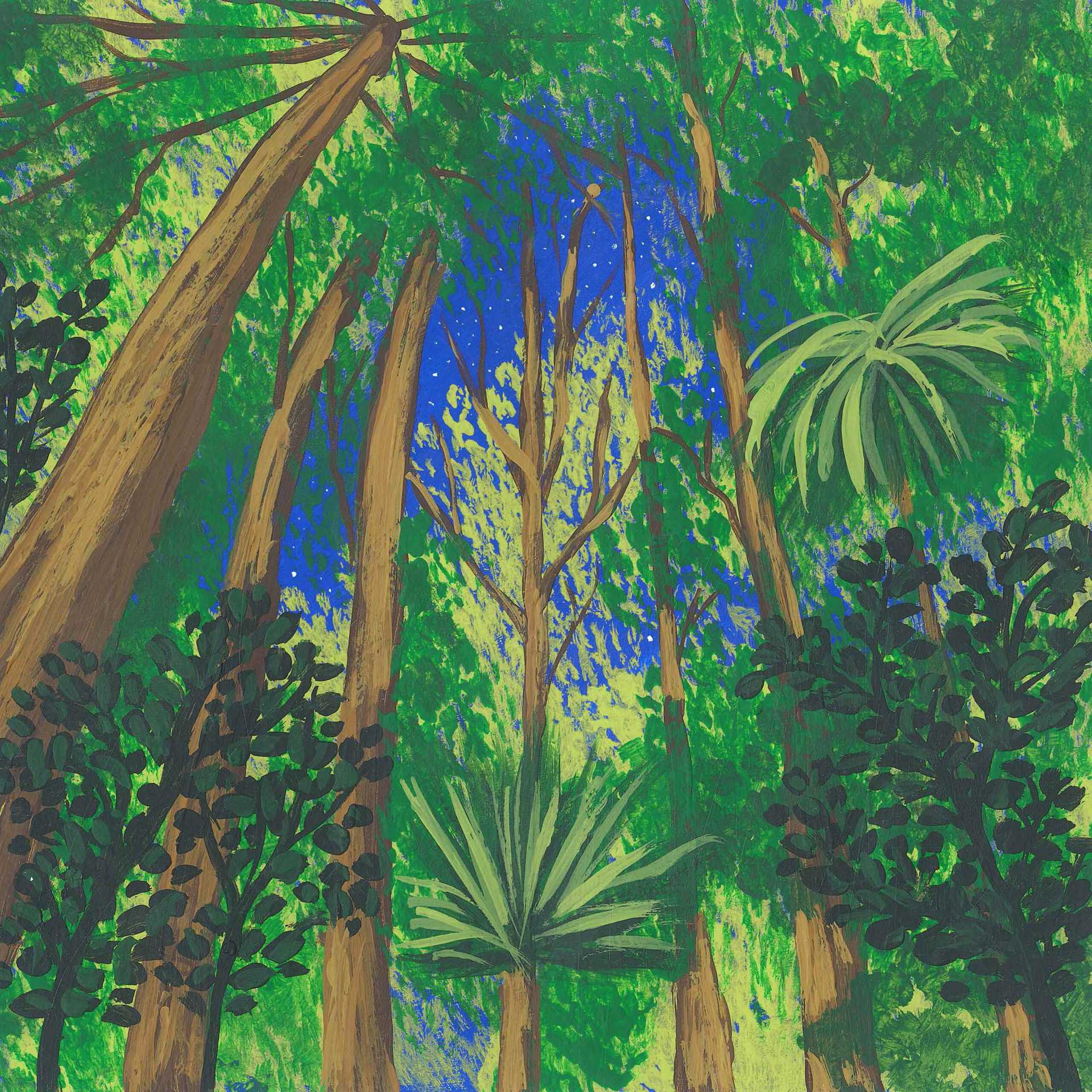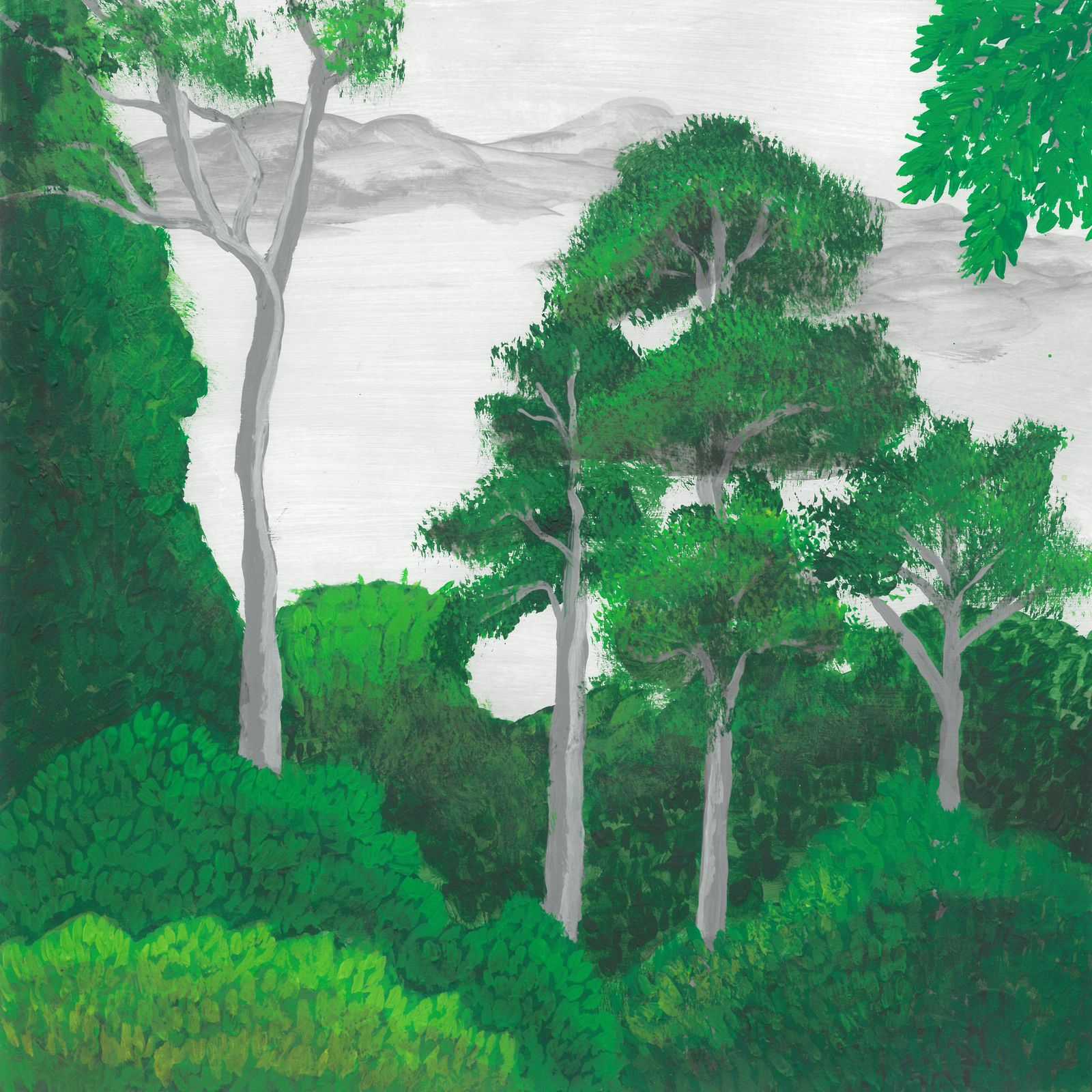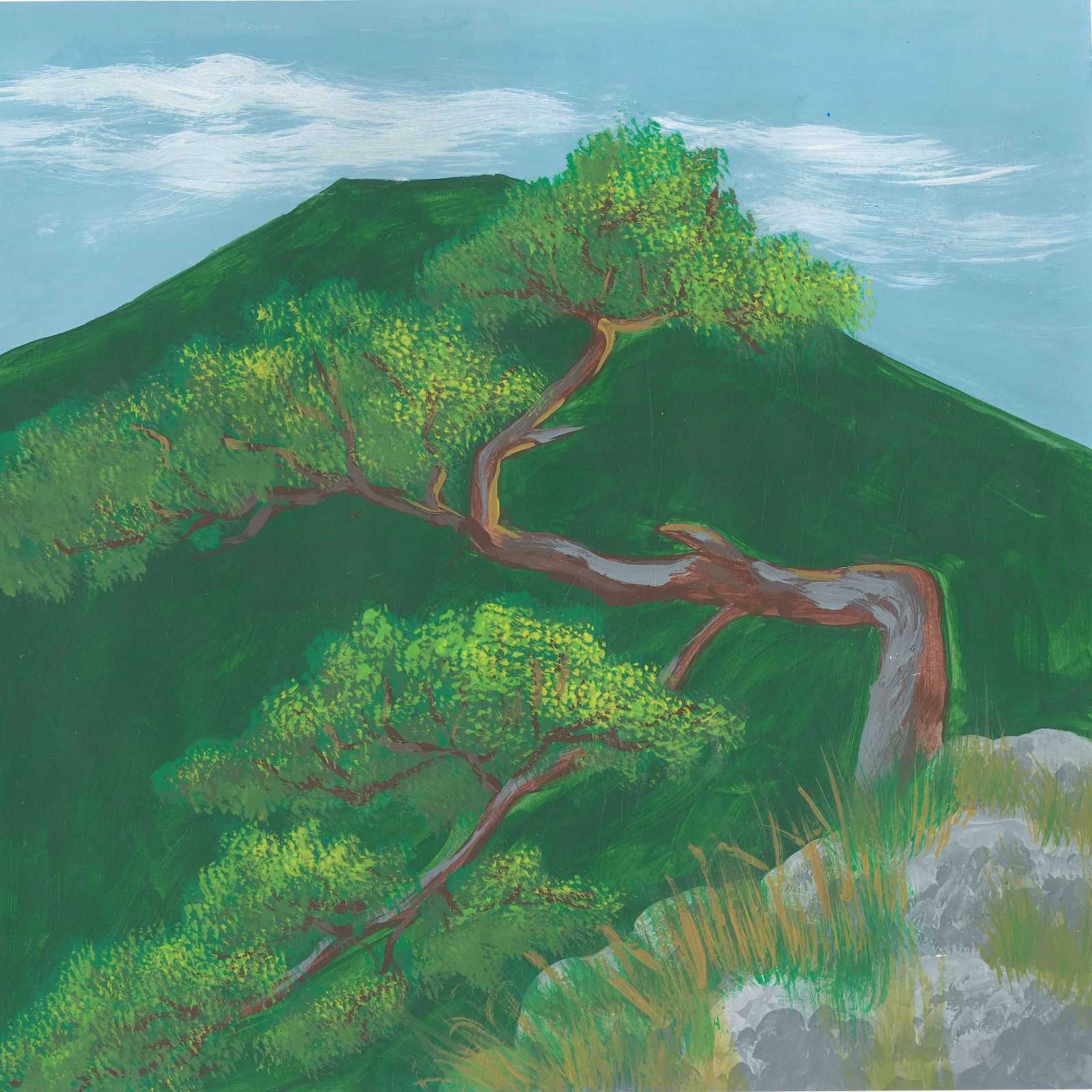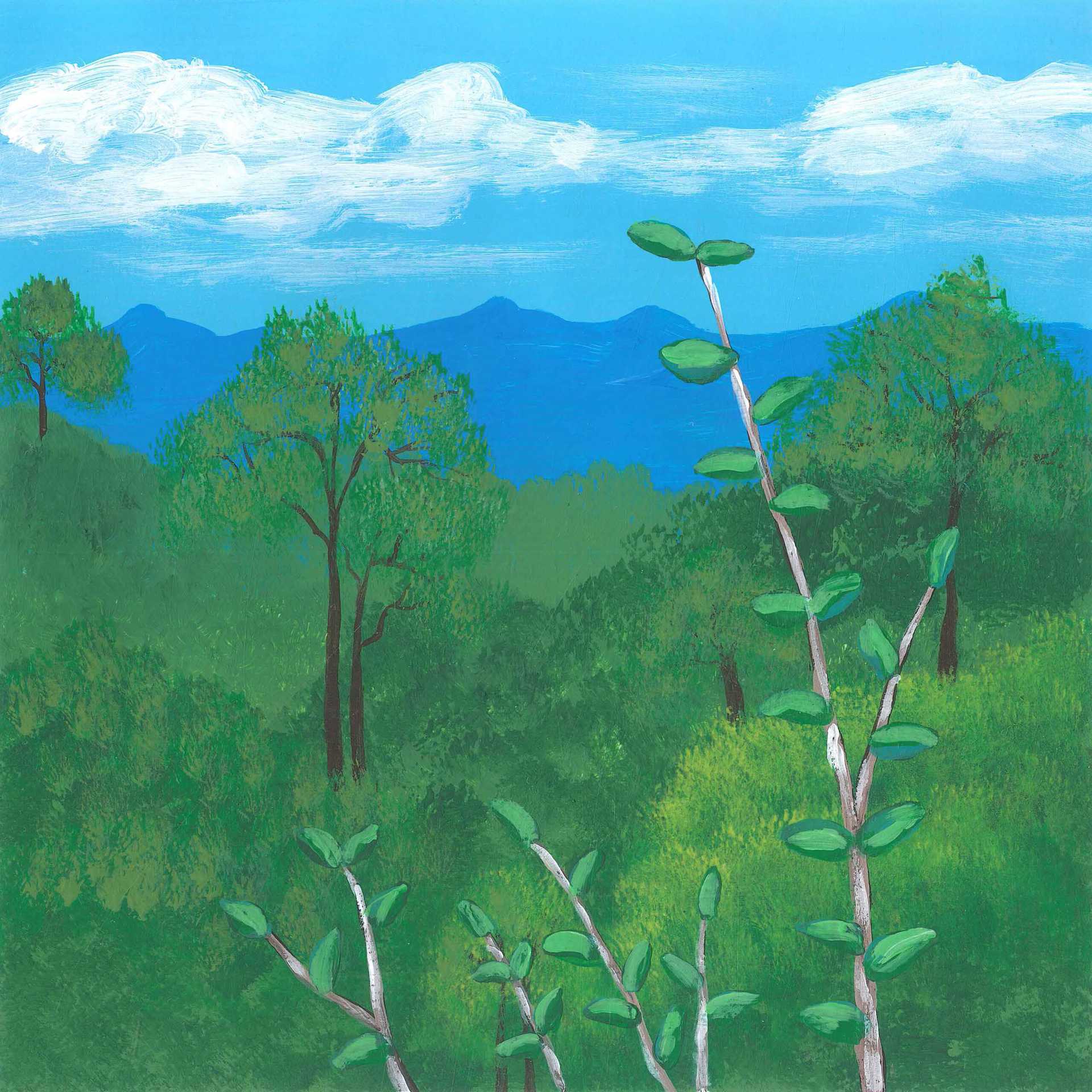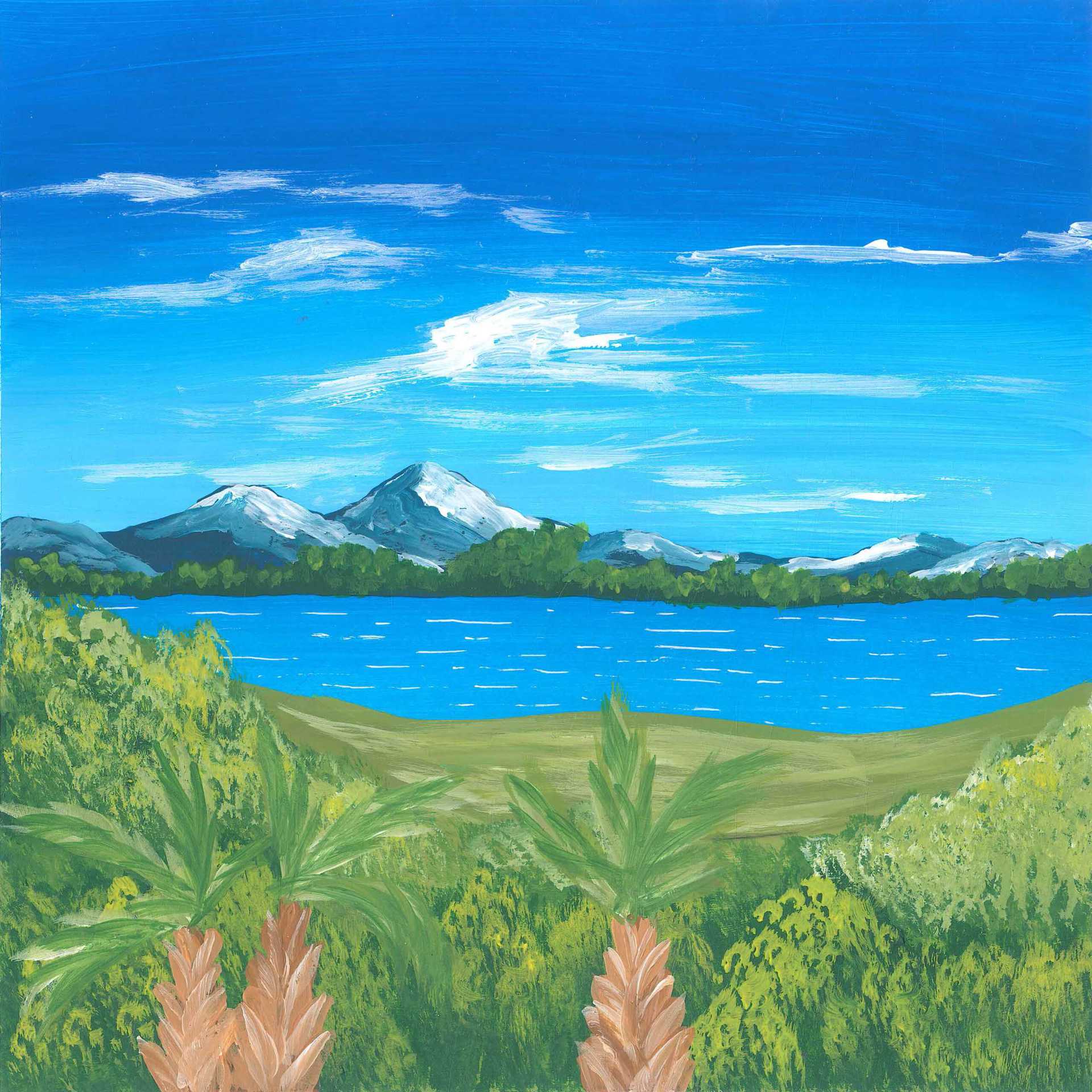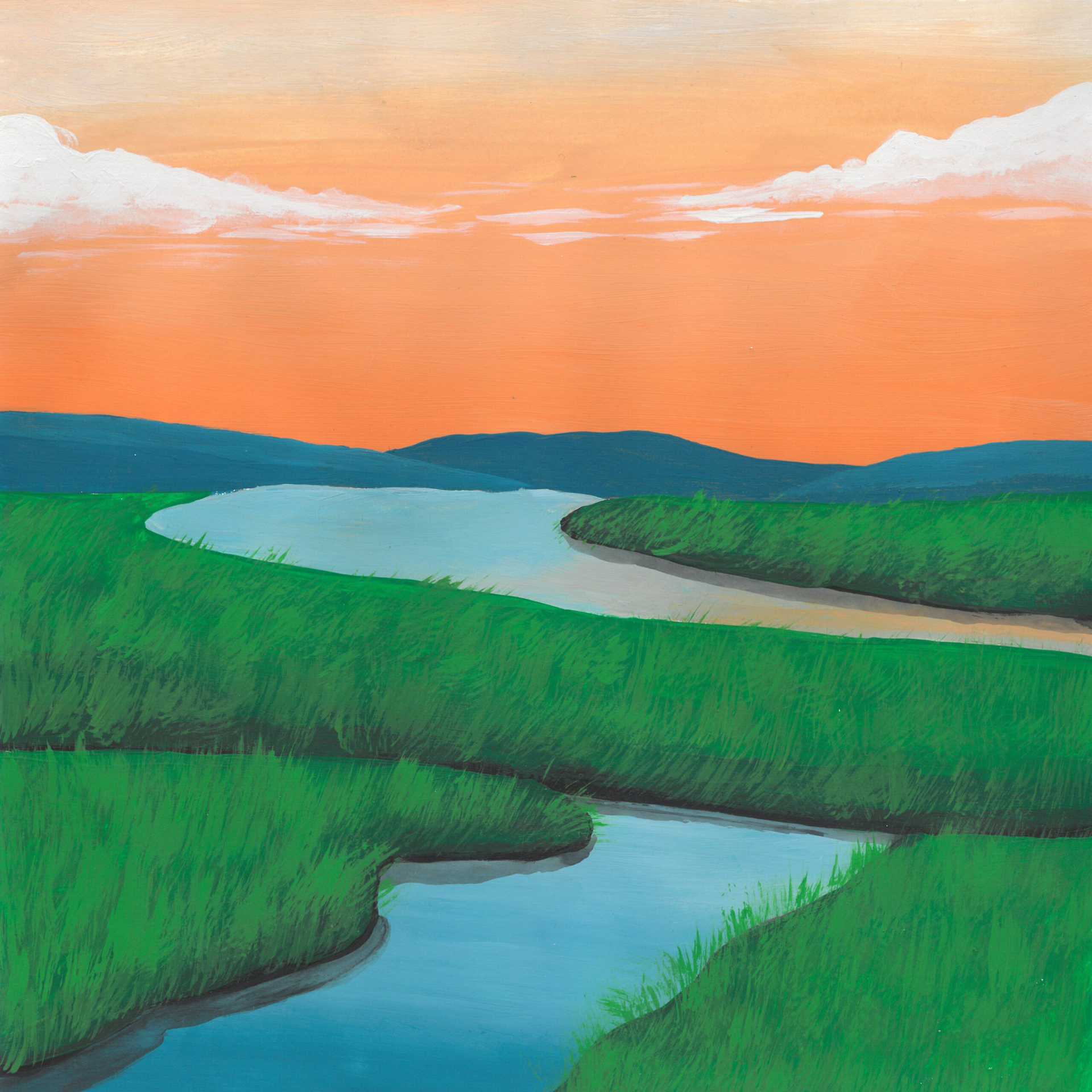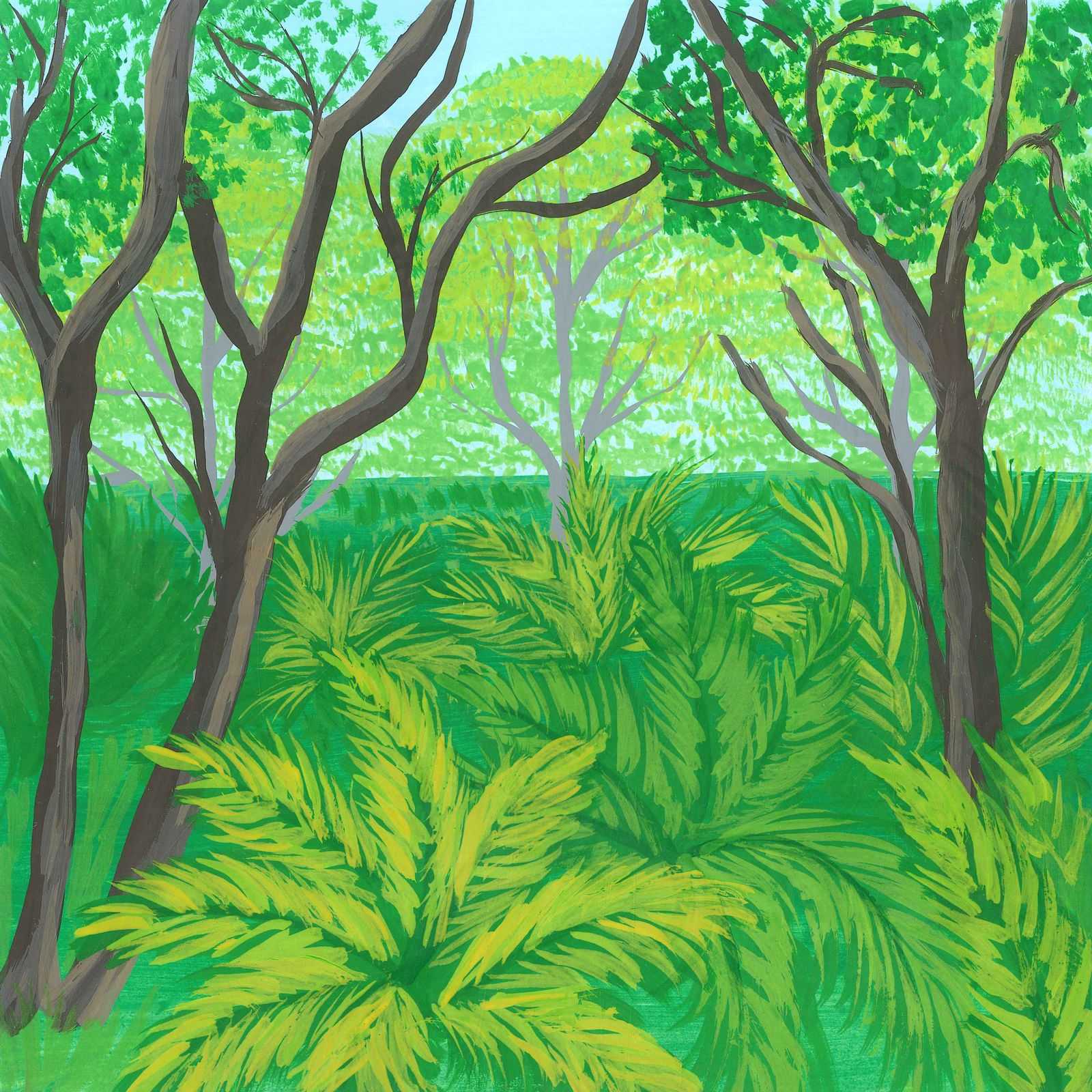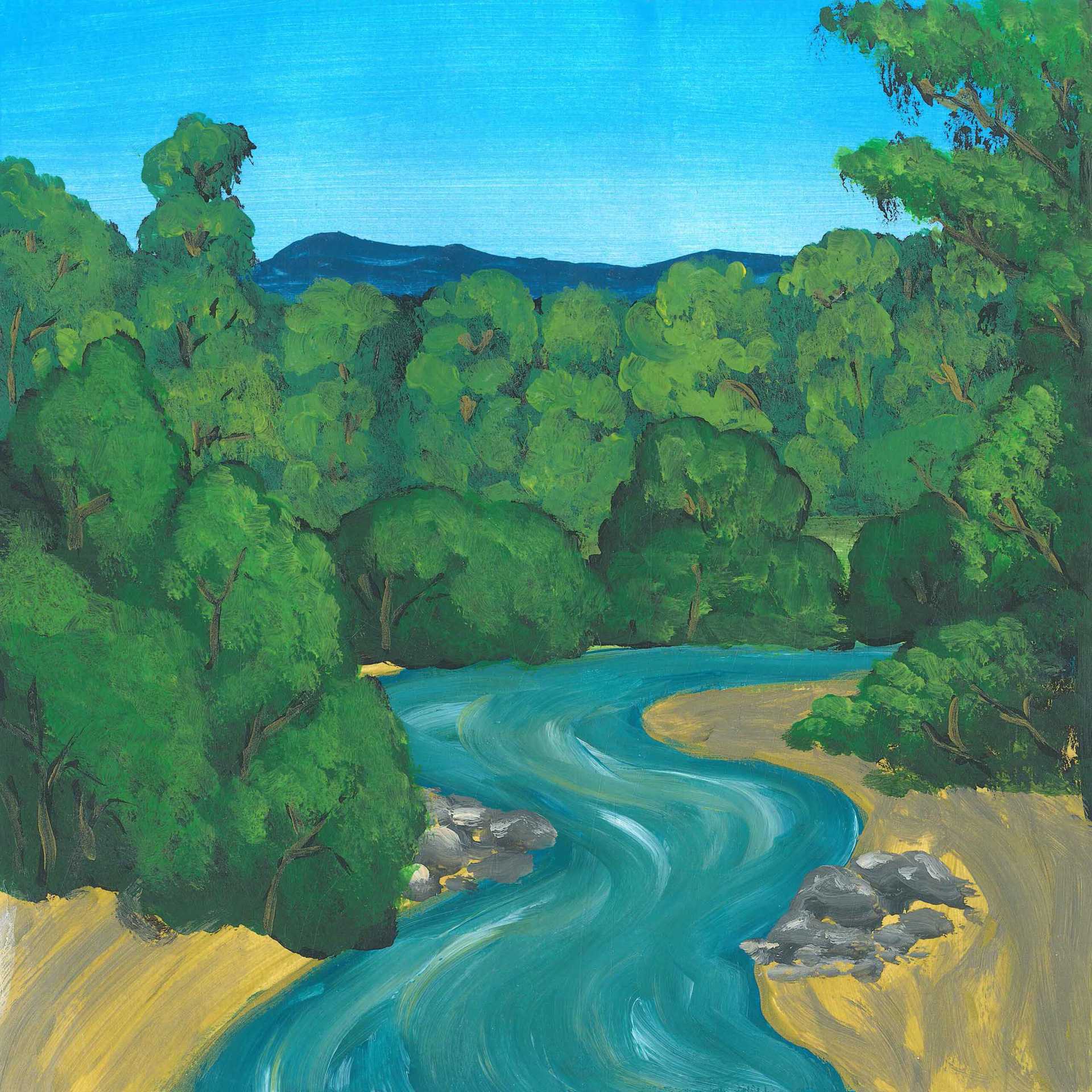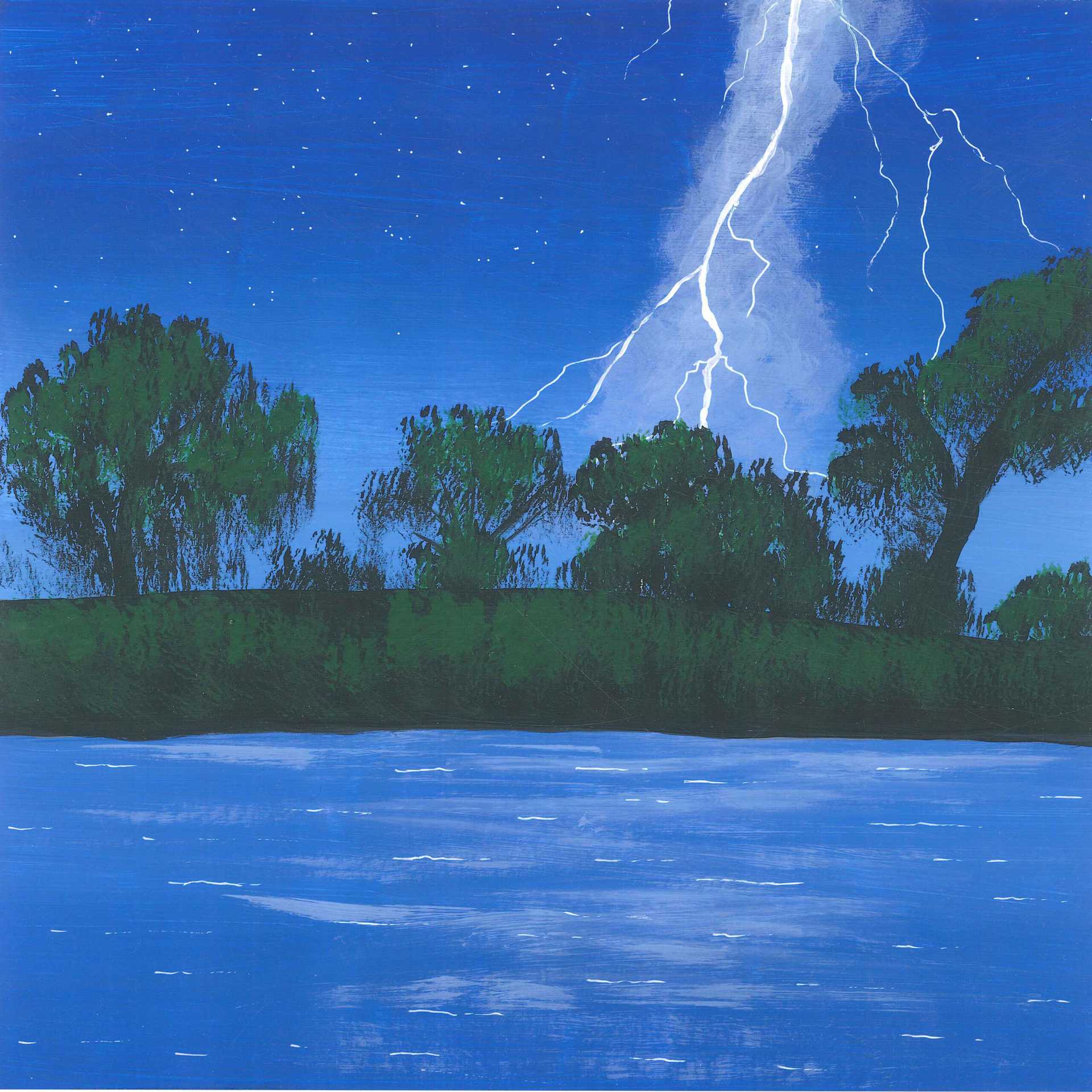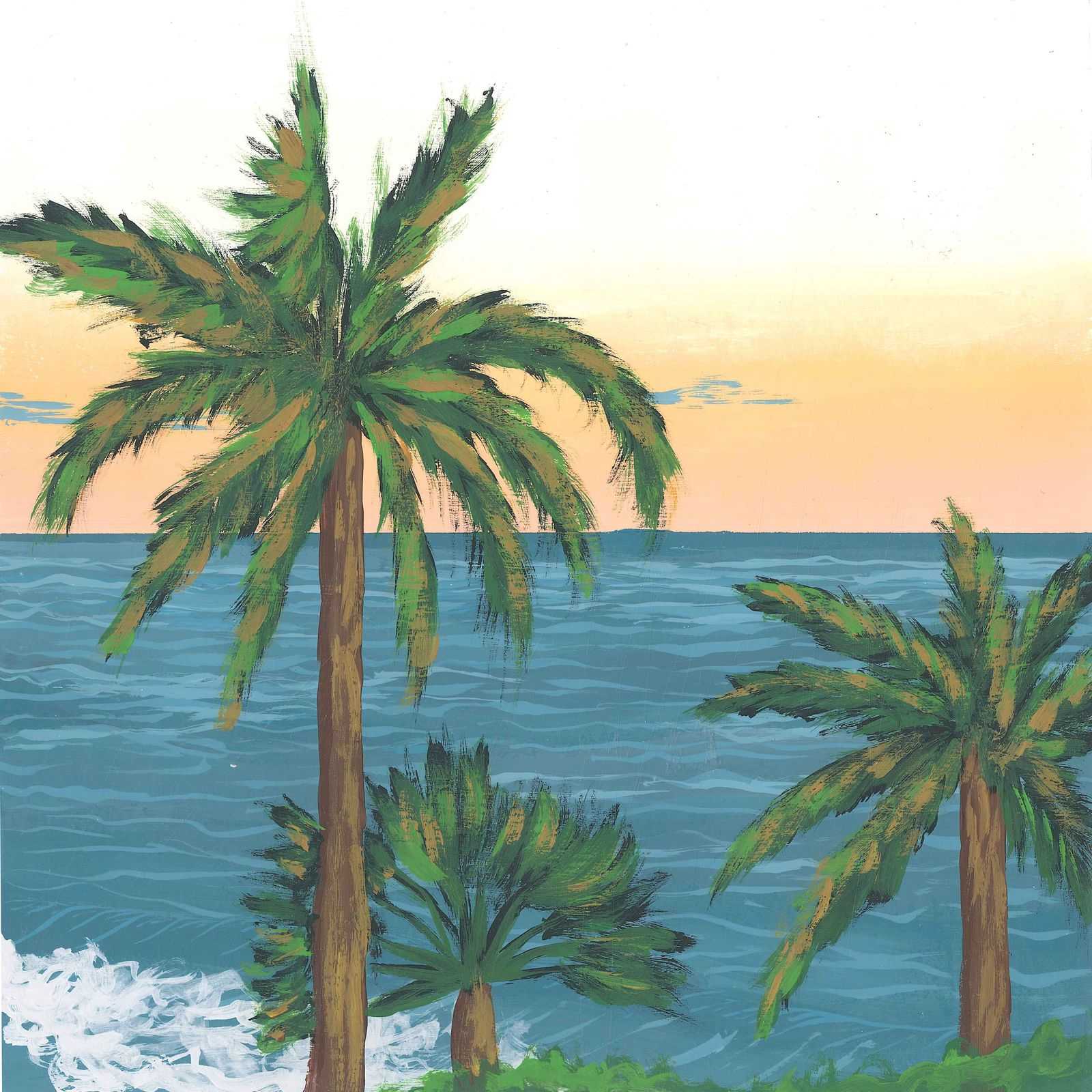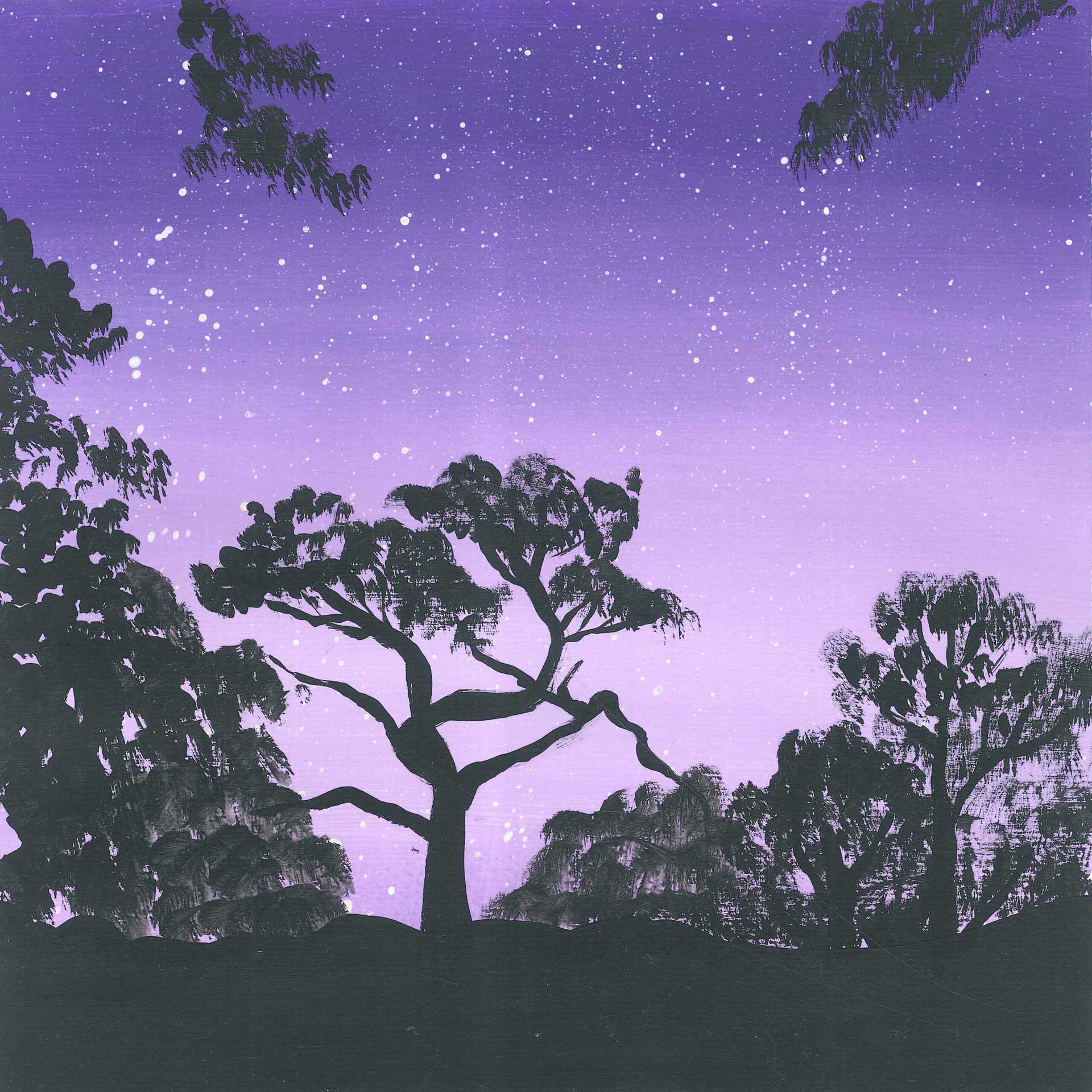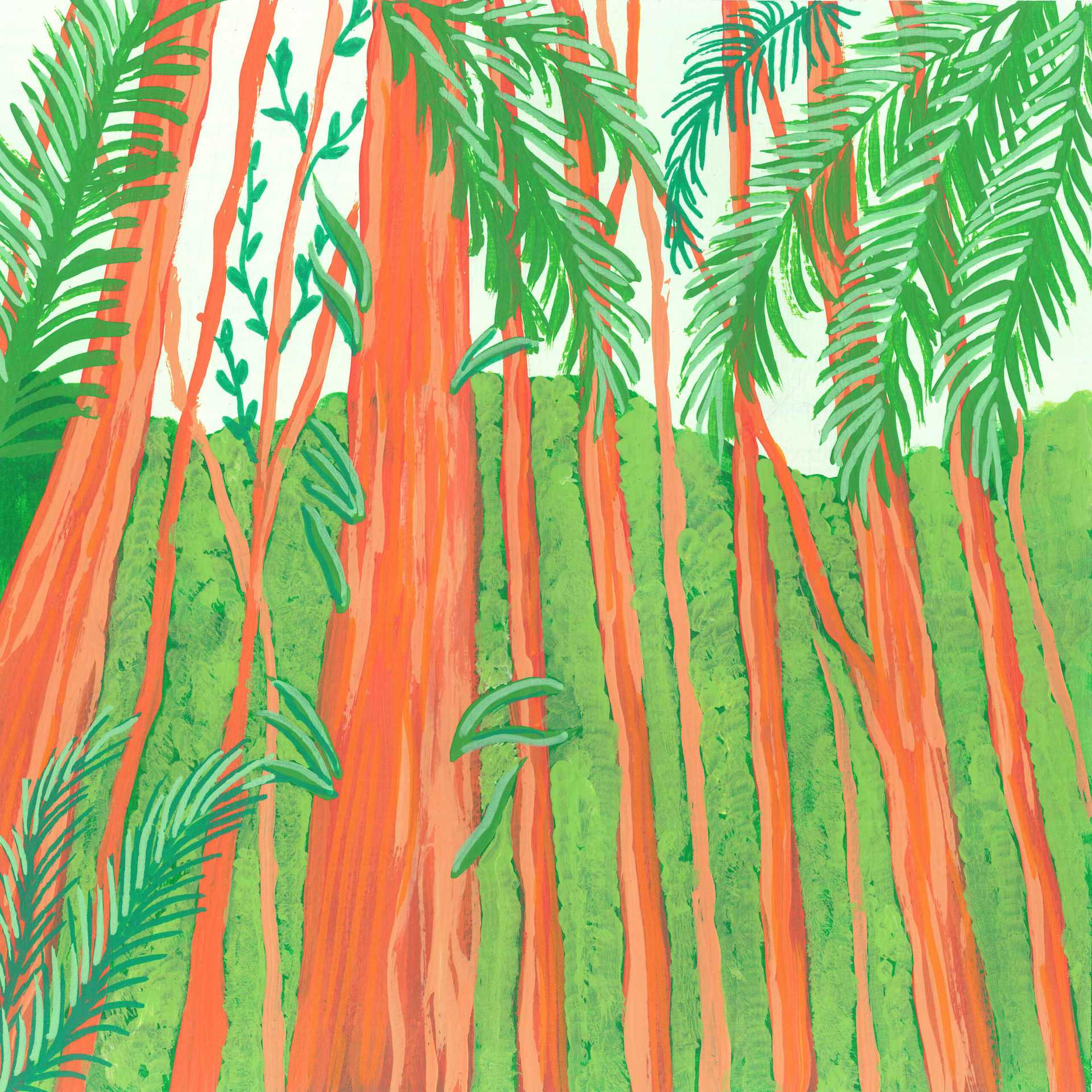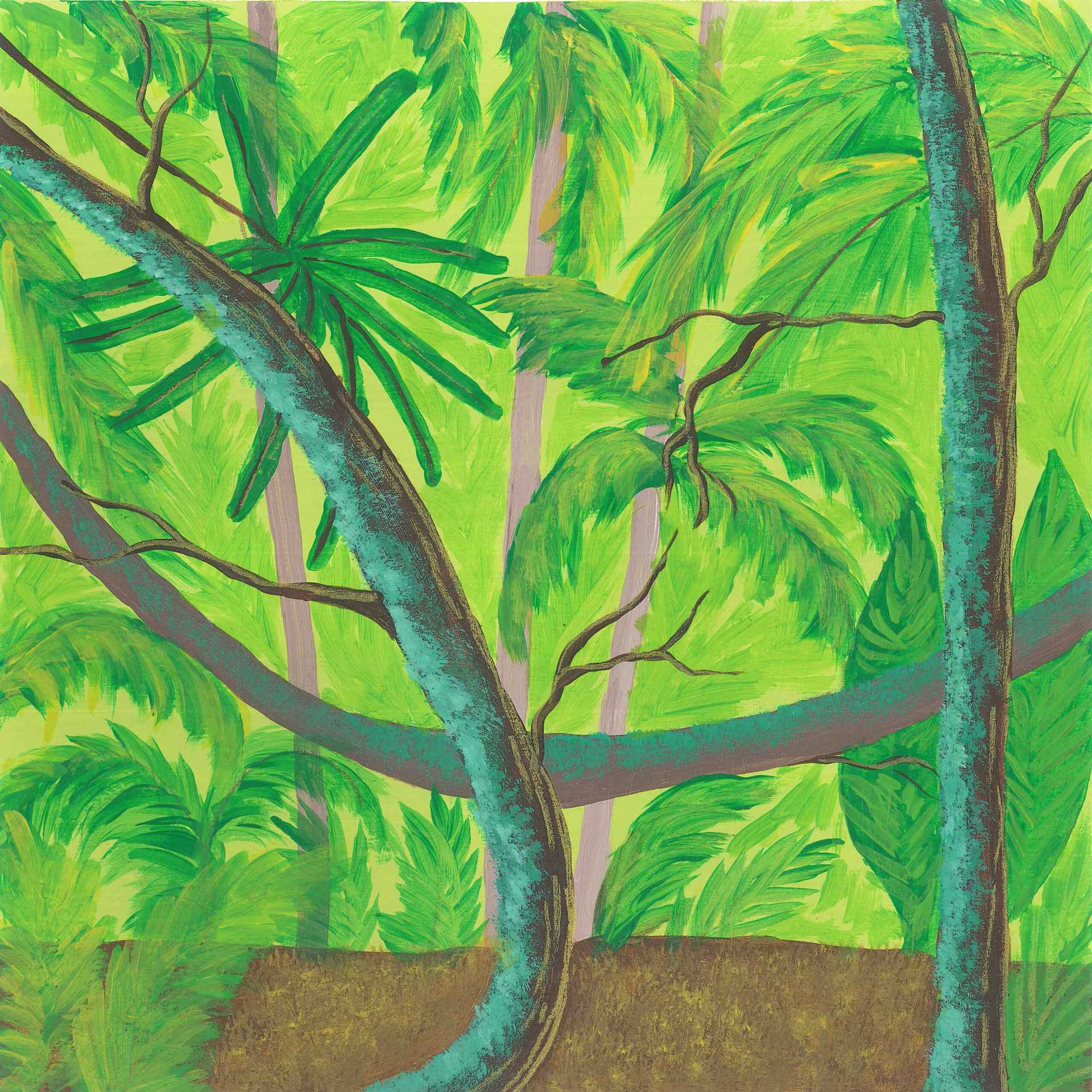Introducing a jungle playlist requires certain terminological housekeeping (including an apology to anyone in search of 90s rave music).
So, what exactly is a jungle? And what’s the difference from a rainforest? Anecdotally, even the recordists who’ve worked in these locations seem uncertain about the distinction.
Fortunately, the differences are quite clear-cut. Modern English dictionary definitions of ‘jungle’ all offer variations on the theme of ‘a tropical/equatorial forest where trees and plants grow impenetrably close together’.
‘Rainforest’ is a little more specific, with definitions referring to woodland which, generally speaking, fit the following criteria:
However, while rainforests are generally associated with the tropics (between the Tropics of Cancer and Capricorn, lines of latitude north and south of the equator, respectively), they can occur in either tropical or temperate locations. There are temperate rainforests on every continent except Antarctica; there are even temperate rainforests in the UK – albeit vanishingly rare ones.
So, a jungle is almost certain to be a (tropical) rainforest – but a rainforest isn’t necessarily a jungle.
Since ‘jungle’ is a largely descriptive term, and as all of the recordings in this playlist were made in tropical locations, let’s dig into tropical rainforests.
How long have tropical rainforests existed?
As one of the ecosystems which have existed continuously the longest, some rainforest has existed for a staggering 60-70 million years.
What are the largest rainforests?
The very largest is the Amazon rainforest, which covers 6.7 million square kilometers across eight South American countries and one overseas territory (French Guiana): an area twice as big as India (or 28 times as big as the UK).
Meanwhile, the Congolian rainforests consist of a quarter of the remaining tropical forest on Earth, and cover more than 500,000,000 acres (2,000,000 km²) across six central African countries. Other dense rainforests are located in parts of Australia and on the tropical islands of Southeast Asia.
How are rainforests structured?
Generally, rainforests incorporate four different layers. From the top down, these are:
- The emergent layer (the highest trees, which can withstand high winds and harsh sunlight; populated by birds, bats, gliders [such as, in Australia, the pygmy glider], and butterflies)
- The canopy (a layer dense enough to create a still, dark, and humid environment, where many species may live an entirely arboreal existence – for example, monkeys, tree snakes, and thousands of insect species)
- The understory (being even further from the sunlight and open air, there is even less light in this layer, meaning that plants’ leaves are bigger, to capture the minimal light; birds may prefer the sheltered but more open space at this level)
- The forest floor (while plants may find it difficult to grow here, so far from direct sunlight, decomposers like insects and fungi thrive on fallen organic material, among which non-arboreal species like pigs forage; other wildlife may include great apes such as gorillas and predators like jaguars).
Though each layer has its own characteristics, according to factors such as air circulation and the quantity of water and sunlight which they receive, they are all part of one interdependent system and all influence one another.
How biodiverse are rainforests?
In spite of the great size of the largest rainforests, this habitat accounts for just 6% of the planet’s surface. It’s a measure of their biodiversity that they are nevertheless home to more than half of the plant and animal species on Earth. Just four square miles of rainforest may contain as much as 1,500 flowering plants, 750 species of trees, 400 species of birds, and 150 species of butterflies. The Amazon rainforest alone provides a habitat for as many as 40,000 plant species, almost 1,300 bird species, 3,000 species of fish, 427 species of mammals, and 2.5 million different insect species.
And not only that: on average, new plant or animal species are discovered in the rainforest every two days.
Do rainforests affect the climate?
As well as locking away huge quantities of carbon dioxide – which, if released, would contribute to further global warming – rainforests also produce 20% of the planet’s oxygen. By absorbing solar radiation (due to their relatively dark color), they also help to stabilize global temperatures, while the water vapor released by the trees as part of the process of photosynthesis also contributes to the formation of clouds.
How threatened are rainforests?
The amount of rainforests on the planet has been halved since 1947.
Variations on the amount of rainforest cleared every minute have been shared for decades – and, tragically, show no sign of abating; research by the World Resources Institute (WRI) and the University of Maryland state that deforestation continues to occur at the inconceivable rate of 10 football pitches per minute. In 2023, this led to “an area nearly the size of Switzerland [being] cleared from previously undisturbed rainforests […], totalling 37,000 sq km (14,200 sq miles)”.
How might rainforests be protected?
One possibility is via a compensation fund could help to conserve existing rainforests, a model suggested by both Germany and Norway as a way to incentivise rainforest countries to preserve these habitats.
Defining ‘jungle’ with Earth.fm recordists
Here’s what some of our recordists think about the use of ‘jungle’ in relation to their recordings, on the basis of their background and language.
Earth.fm Grants recipient Giselle Ragoonanan, a member of Trinidad and Tobago’s Indigenous Caribe community, shared that, “In Trinidad we refer to the interior as the jungle: primary forest that has never been disturbed. Other cultures and countries, like Guyana and Suriname, refer to the interior forest as a jungle too, but more often you will hear that from people with Indigenous roots.”
Peruvian recordist Nahun Saldaña thinks that, “This term is used a lot to exoticize many peoples and territories. I am always really surprised that, when I say that my family comes from the jungle, people think it is a savage place.
“For me, its meaning beyond the physical is an approach to life in cultural, environmental, and political terms. I used to refer to my family living in a specific territory, but, for my family, living in the jungle is not the same as living in ‘el monte’; it is like a savage and virgin place where humans meet but don’t have control.”
Earth.fm grantee A Bhaskar Rao shared with us that, “In India, for most legal classifications the word ‘forest’ is used more. ‘Jungle’ is used more in Hindi [the word came to English from Sanskrit via Hindi], which is one of the official languages of India, and the most spoken. But for official work, even Hindi uses other words. For example, ‘jungle’ is used as a loose term for wilderness and is used more in literature and popular culture. So it’s a matter of perception. And ‘jungle’ written in the local scripts identifies it as more of a foreign word. It is a vague or abstract term, depending upon the usage.
“In terms of its use in English, one of the first usages of the word that I remember goes back to The Jungle Book. Rudyard Kipling’s inspiration was the forests of Madhya Pradesh, my home state.
“In the context of soundscapes/ecological research/the culture around sound and ecology/social media, the term ‘forest’ is used more, since it is seen as more acceptable in relation to the exotic gaze.
“In Hindi, junglee (a person belonging to the jungle) is considered to be uncivilized/uncultured. So ‘jungle’ can be anything contrary to civilisation Personally though, I use ‘jungle’ more because I speak Hindustani [a pluricentric language with two standard registers, which are known separately as Hindi and Urdu].”


